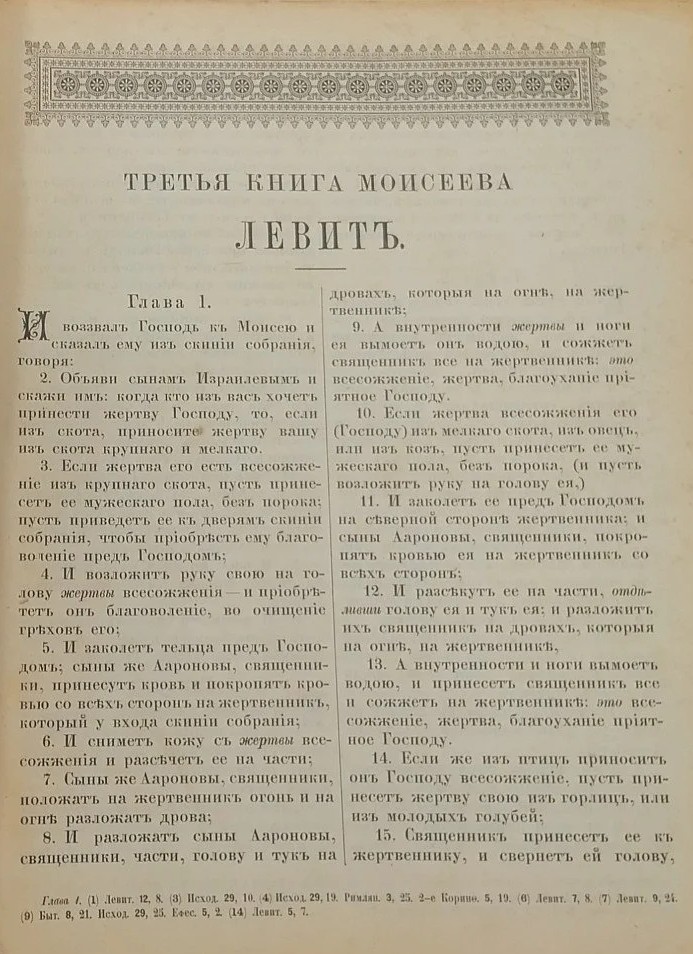Before 1918: Final ъ Everywhere
- Before 1918, a silent hard sign ъ was written at the end of every word that ended in a hard consonant. This was a holdover from Old Church Slavonic orthography, where the hard sign represented a very short vowel sound (a "reduced vowel" or "yer"). Over time, this vowel sound disappeared in spoken Russian, but the hard sign remained in writing as a silent letter.
1918 Orthography Reform
- The final hard sign ъ at word end was abolished.
- The hard sign remained in modern Russian, but with a new role: it separates prefixes from iotated vowels (е, ё, ю, я) to signal a “y” onset, e.g., подъезд (pod‑yezd), объём (ob‑yom).
- The reform saved space and ink. Publishers reportedly saved pages by dropping thousands of final ъ’s per edition.
So if you spot a word ending in ъ, you’re likely looking at a historical text, a stylized logo, or Church Slavonic spelling.
